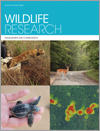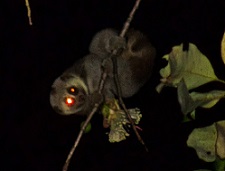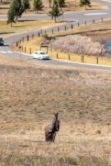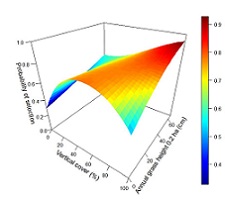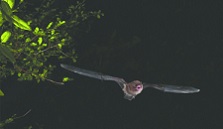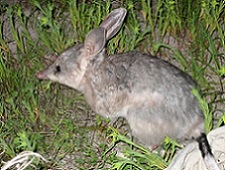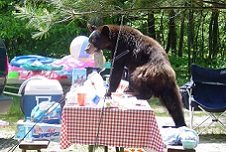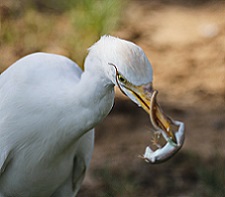WR19229Systematic review of equids and telemetry collars: implications for deployment and reporting
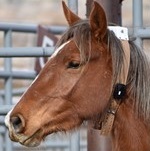
Feral equids in the USA have seldom been studied with telemetry collars due to animal safety concerns. Our systematic review found that reported natural mortality rates of telemetry-collared wild and feral equids are lower than routinely collared North American ungulates; however, collar-related complications (or lack thereof) are rarely reported in the primary literature. We recommend explicit reporting of telemetry collar complication for all species to better understand the relative risk of collaring equids. Photograph by Jacob D. Hennig.


